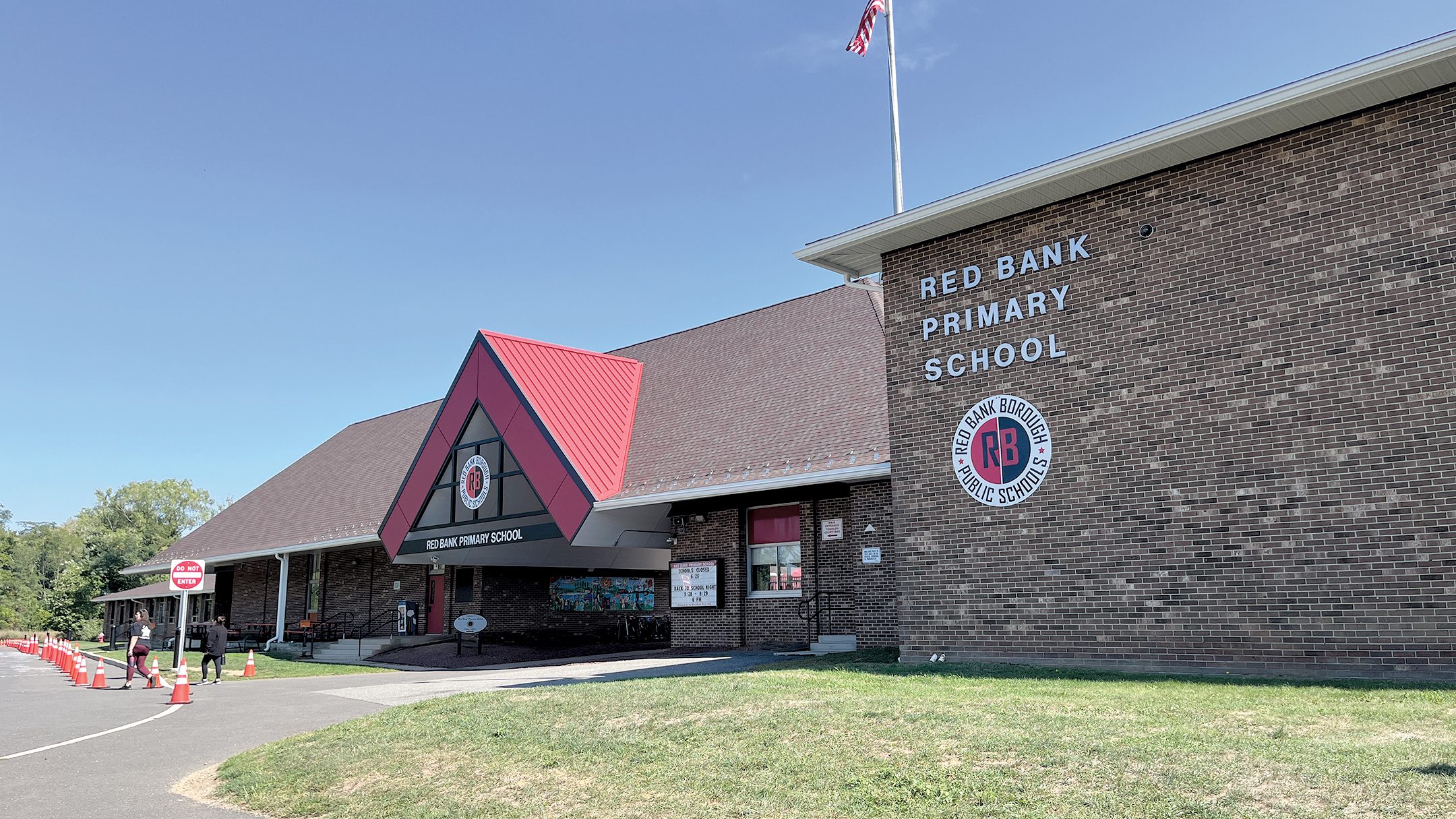
By Stephen Appezzato
TRENTON – Superintendents from across the state testified at a state Senate Education Committee hearing March 14, responding to a controversial announcement about public school funding for 2025.
With Gov. Phil Murphy’s 2025 state budget unveiling, the state department of education released its public school funding breakdown for the upcoming school year, which takes effect July 1. Next year’s wave of school funding marks the final year of phasing in Murphy’s S-2 legislation, which overhauled the existing school funding structure to address imbalances stemming from the overfunding of some districts and underfunding of others.
Many school districts in Monmouth County will receive more state funding next year. However, a few communities face drastic cuts, which may lead to staff layoffs, programming cuts, and severe cost-cutting measures.
The Red Bank Borough School District will suffer a $1.7 million loss due to a nearly 20% cut in state funding next year. The Long Branch Public Schools District faces a similar 19% deduction, amounting to a $10.4 million loss.
During the testimony, Red Bank Superintendent Jared Rumage noted now that S-2 is fully implemented, “The temperamental manner in which the formula has impacted so many different districts has become painfully apparent over the past two years.”
According to Rumage, more than 80% of the students in his district are Latino and “nearly the same percentage are economically disadvantaged.”
“A school community of this makeup requires extra support. Yet from 2013-’14 through ’21-’22, we were ‘have-nots.’ We were underfunded by $44 million and drastically understaffed,” Rumage said.
The S-2 legislation initially put Red Bank on the road to recovery after years of underfunding. However, last year’s funding signaled a downturn for the district.
“It was shocking to many that Red Bank, really the poster child for what needed to be fixed with the formula, was so indescribably underfunded,” Rumage said.
In a similar situation, Long Branch Superintendent Francisco Rodriguez noted while the city “has grown in both property wealth and income wealth… we still serve some of the poorest and most needy children in our state.”
“This support necessitates oversight and educational excellence, yes; but it also requires a stable and predictable financial formula that addresses potential changes in cities such as ours, ensuring that no adjustment in one year up or down produces instability for our children,” Rodriguez testified.
Within the state funding formula that S-2 uses, the amount of state aid granted to a district is based on factors such as enrollment and the municipality’s “wealth factor,” which accounts for property value and residents’ income. A town with a higher wealth factor, known as local share, must contribute a higher portion of property taxes to its school system.
The Red Bank and Long Branch school districts face such drastic state funding cuts because the wealth factor in each town has skyrocketed in the past two years, skewing the funding formula. However, soaring property values are not indicative of residents’ ability to fund their schools through tax dollars.
Rodriguez noted Long Branch is a town of two cities, where the school system serves many low-income families yet waterfront real estate is owned by very wealthy individuals. During the testimony, state Sen. Vin Gopal (D-11), who chairs the Senate Education Committee, pointed out many New Yorkers and those not from the area are buying multimillion-dollar second homes along the beachfront, driving up the city’s wealth factor. This is a funding issue that particularly impacts Shore communities, with the Asbury Park School District eyeing similar challenges.
“I think it’s critical we start taking the steps to modernize the formula,” Gopal said. The core of the formula S-2 uses has not changed since 2008 “but New Jersey has changed dramatically since 2008,” he said.
Speaking on behalf of the New Jersey Schools Boards Association (NJSBA), legislative advocate Jesse Young noted the current funding formula only uses a one-year snapshot to determine a district’s wealth factor, which can lead to these aforementioned funding outcomes.
“In the last couple years, we’ve seen more and more dramatic examples of the impact that a one-year increase in property values can have on a district’s state aid,” Young said.
Young presented the NJSBA’s recommendations on how to revise the current funding formula to produce fairer outcomes. One of which would allow districts to increase its tax levy greater than 2% to make up for lost state funding. Currently, districts cannot increase municipal taxes greater than 2% each year, which “often prevents our districts from getting the resources that they need to make up for those state aid losses,” Young said.
However, Rumage pointed out, this feasibly cannot be the only step in correcting the funding formula.
Speaking to the volatility of the funding formula, Rumage noted the Red Bank Charter School, which is also publicly funded, is only facing a 5% funding cut. Being within the same borough, this is difficult to explain.
“Same community, different outcomes,” Rumage said.
“Are those students, to be understood, more important or more deserving than the students in the Red Bank Borough Public Schools? I would say no,” he said.
“It’s inefficient, its inequitable, and the funding of charter schools must be addressed,” he added.
Many superintendents at the hearing testified on the volatility and unpredictability of the formula, proposing revisions for a fairer outcome. Ultimately, legislators appeared to agree with the educators and shared their concerns.
Lawmakers have until June 30 to negotiate changes to Murphy’s 2025 budget and pass legislation to address the funding formula before next year’s school funding is finalized.
The article originally appeared in the March 21 –March 27, 2024 print edition of The Two River Times.














